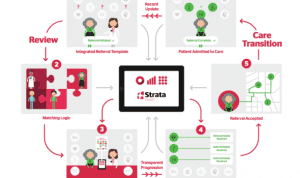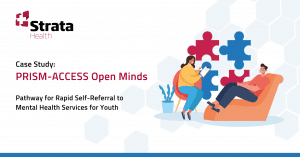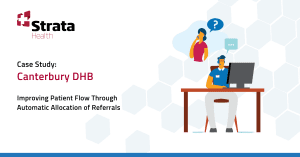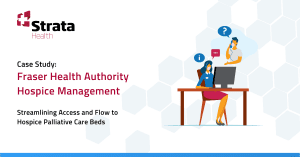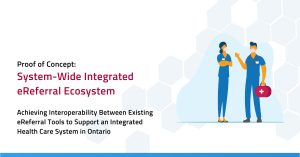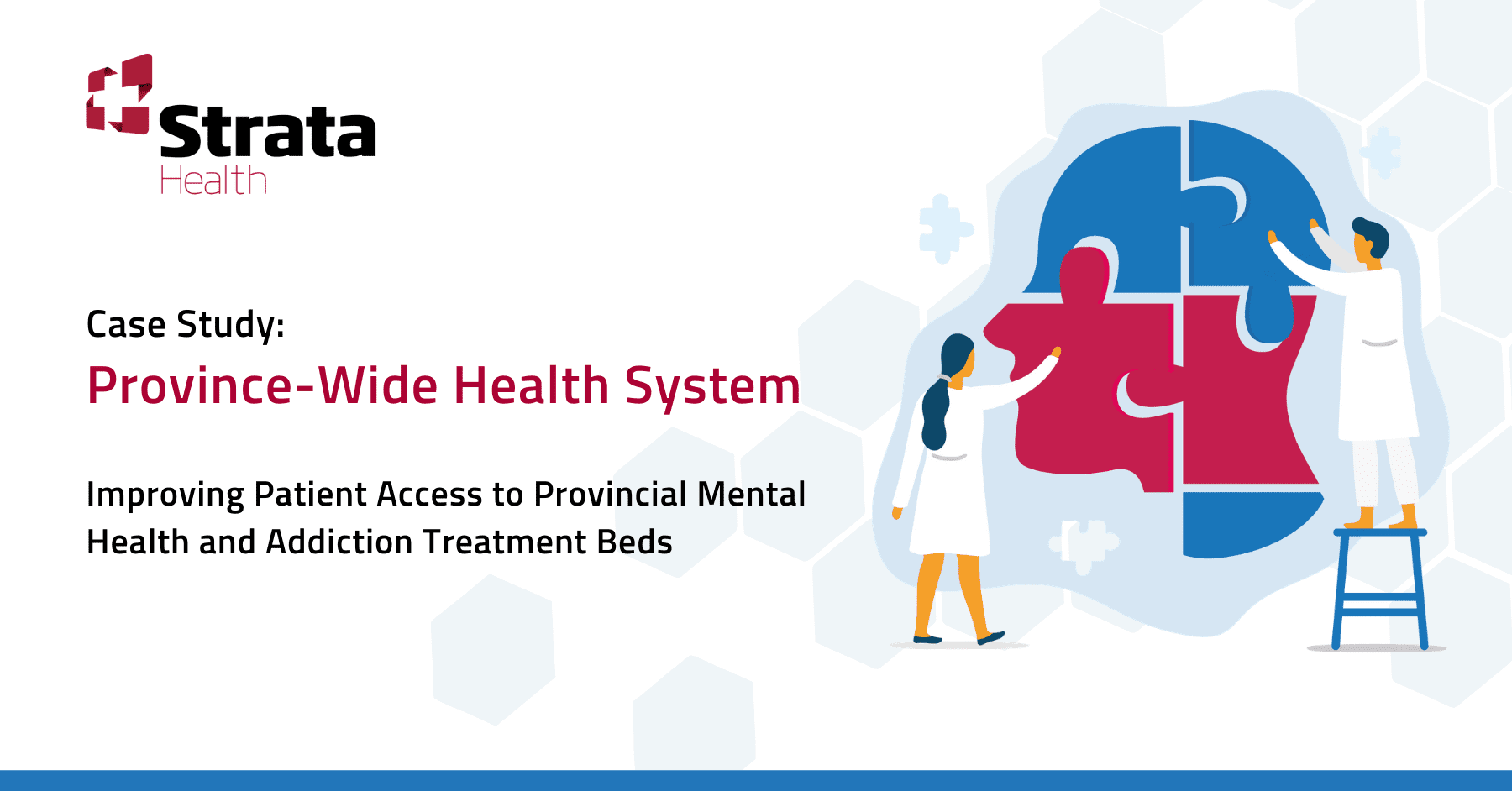
Improving Patient Access to Provincial Mental Health and Addiction Treatment Beds
THE PROBLEM
With a limited number of specialized beds for mental health and addictions patients, a health system in Canada was challenged with developing a province-wide process that ensured equitable access and placement based on patient priority. Without a standardized process, patients could get lost in the system, inefficient administrative burdens bogged down healthcare workers, and waitlists continued to grow, slowing access to treatment beds and inconsistently allocating them.
The health system needed an innovation partner who could help develop a provincial process for referrals and placements, to build and deploy a software solution that automated that process across the province, ensuring patients were matched and transitioned to the right programs and services, at the right time.
THE SOLUTION
Having already deployed a regional patient flow solution for AMH treatment beds within a city in the region, Strata Health got to work on scaling and standardizing a province-wide process that involved patients coming in from all different areas and referral sources, whether it be a social worker, hospital discharge coordinator, or mental health nurse.
Once the referral process was finalized, Strata Health’s implementation team designed a complete end-to-end technology platform to replace manual processes and outdated systems like phone, fax, and spreadsheets.
THE RESULTS
Strata Health’s technology was deployed across the province in 2019, offering total transparency into available resources, sophisticated patient-matching algorithms for quality decision-making, real-time updates on wait times and vacant beds, and a consistent, automated process that the health system needed to improve these transitions of care.
Now all of the health system’s mental health and addiction treatment bed placements are done through the Strata Health platform.
PROVIDER BENEFITS
- Streamlined process and source of truth for all stakeholders
- Greater transparency and access to beds and services
- Bidirectional communication between referral senders and referral receivers
- Safe and effective discharge planning and decision making
PATIENT BENEFITS
- Equitable access to the right treatment at the right time
- Reduced delays and shorter wait times
- Fewer inappropriate referrals
- Improved experience, greater satisfaction, and better health outcomes












